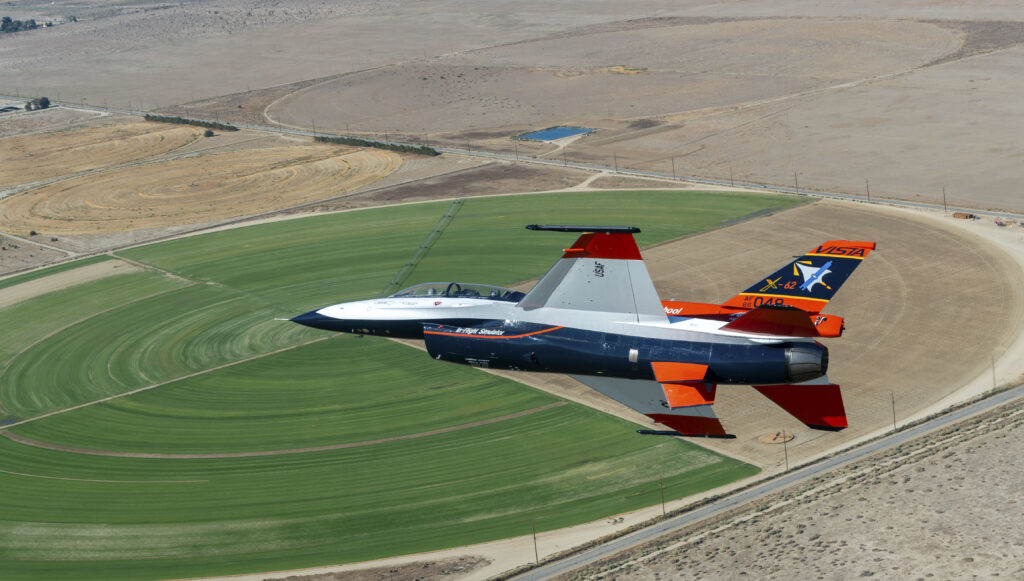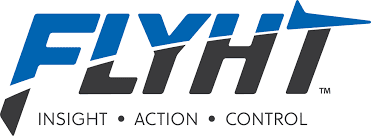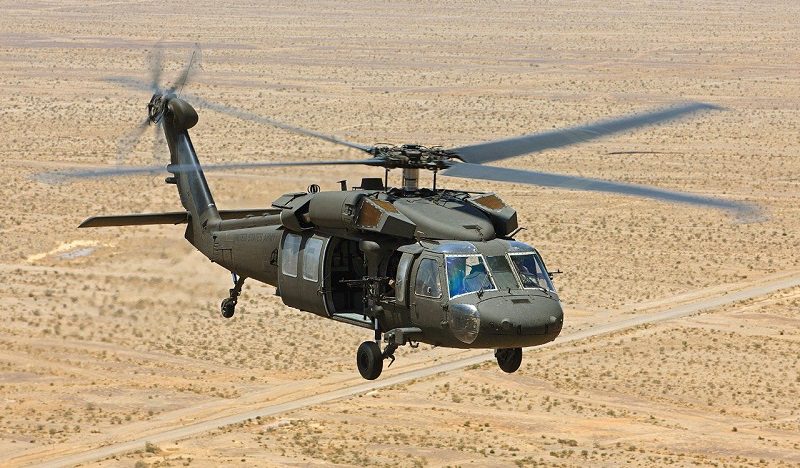
Airbus – Berlin, 6 June 2024 – Results from the world’s first in-flight study of the impact of using 100% sustainable aviation fuel (SAF) on both engines of a commercial aircraft show a reduction in soot particles and formation of contrail ice crystals compared to using conventional Jet A-1 fuel.
The ECLIF3 study, in which Airbus, Rolls-Royce, the German Aerospace Center (DLR) and SAF producer Neste collaborated, was the first to measure the impact of 100% SAF use to emissions from both engines of an Airbus A350 powered by Rolls-Royce Trent XWB engines and followed by a DLR chase plane.
Compared to a reference Jet A-1 fuel, the number of contrail ice crystals per mass of unblended SAF consumed was reduced by 56%, which could significantly reduce the climate-warming effect of contrails.
Global climate model simulations conducted by DLR were used to estimate the change in the energy balance in Earth’s atmosphere – also known as radiative forcing – by contrails. The impact of contrails was estimated to be reduced by at least 26 percent with 100% SAF use compared to contrails resulting from the Jet A-1 reference fuel used in ECLIF3. These results show that using SAF in flight could significantly reduce the climate impact of aviation in the short term by reducing non-CO2 effects such as contrails, in addition to reducing CO2 emissions over the lifecycle of SAF.
“The results from the ECLIF3 flight experiments show how the use of 100 percent SAF can help us to significantly reduce the climate-warming effect of contrails, in addition to lowering the carbon footprint of flying – a clear sign of the effectiveness of SAF towards climate-compatible aviation”, said Markus Fischer, DLR Divisional Board Member for Aeronautics.
Mark Bentall, head of Research & Technology Programme, Airbus, said : “We already knew that sustainable aviation fuels could reduce the carbon footprint of aviation. Thanks to ECLIF studies, we now know that SAF can also reduce soot emissions and ice particulate formation that we see as contrails. This is a very encouraging result, based on science, which shows just how crucial sustainable aviation fuels are for decarbonising air transport”.
“SAF is widely recognized as a crucial solution to mitigating the climate impact of the aviation sector, both in the short term as well as the longer term. The results from the ECLIF3 study confirm a significantly lower climate impact when using 100% SAF due to the lack of aromatics in Neste’s SAF used, and provide additional scientific data to support the use of SAF at higher concentrations than currently approved 50%”, said Alexander Kueper, Vice President Renewable Aviation Business at Neste.
Alan Newby, Rolls-Royce, Director Research & Technology, said: “Using SAF at high blend ratios will form a key part of aviation’s journey to net zero CO2. Not only did these tests show that our Trent XWB-84 engine can run on 100% SAF, but the results also show how additional value can be unlocked from SAF through reducing non-CO2 climate effects as well”.
The research team has reported its findings in the Copernicus journal Atmospheric Chemistry & Physics (ACP) as part of a peer-reviewed scientific process, and provides the first in-situ evidence of the climate impact mitigation potential of using pure, 100% SAF on a commercial aircraft. The ECLIF3 programme, which also includes researchers from the National Research Council of Canada and the University of Manchester, conducted in-flight emissions tests and associated ground tests in 2021. Click here to read the full report.
Emission and Climate Impact of Alternative Fuels (ECLIF)
DLR conducted extensive flight tests to characterise the emissions of synthetic fuels in 2015 with the ECLIF1 campaign. These flight tests were continued in 2018 with the ECLIF2 campaign in collaboration with NASA, which showed that the climate impact of condensation trails can already be reduced by using a 50/50 blend of kerosene and SAF.
The ECLIF3 flights took place in 2021. These flight tests used 100% SAF on an A350 to confirm how effectively using unblended SAF reduces the number of ice crystals in contrails. The first Airbus A350-941 ever built, powered by Rolls-Royce Trent XWB-84 engines, served as the emission source aircraft, burning commercial Jet A-1 as reference fuel and HEFA-SPK (SAF). The DLR Falcon 20-E research aircraft was equipped with a wide range of instruments to measure exhaust gases, volatile and non-volatile aerosol particles and contrail ice particles. The Falcon took off from DLR’s Oberpfaffenhofen site, while the Airbus A350-941 started its journey at Toulouse Blagnac airport, with rendezvous points over the Mediterranean and southern France. The DLR Falcon then followed the Airbus A350-941 at several distances behind to collect data on its emissions and condensation trails.
Multiple flight campaigns with the DLR Falcon tracker compared the in-flight emissions of both conventional Jet A-1 fuel and Neste’s sustainable aviation fuel, Hydro-processed Esters and Fatty Acids (HEFA).
Sustainable aviation fuels
The European Commission’s ReFuelEU Aviation Regulation initiative defines sustainable aviation fuel (SAF) as either synthetic aviation fuels, advanced biofuels produced from feedstock such as agricultural or forestry residues, algae and bio-waste, or biofuels produced from certain other feedstocks with ‘high sustainability potential’ (e.g. used cooking oil, certain animal fats) that meet the sustainability and GHG emissions criteria, as set in the Renewable Energy Directive (RED).
SAF are derived from renewable sources as defined above. These mainly include plant-based or waste-based fuels, but also, in the near future, renewable synthesised e-fuels and sustainably produced hydrogen from renewable energy sources. Many of these sustainable aviation fuels are free of compounds referred to as “aromatics”. Less aromatics in the fuel means less soot in the emissions and therefore fewer ice crystals in the condensation trails. So using sustainable aviation fuels instead of conventional Jet A-1 reduces two climate-warming effects of aviation – condensation trails and carbon dioxide emissions.
Soot, ice crystals, contrails and climate effects
Aircraft engines emit soot particles and volatile aerosols. In particular, soot acts as a condensation nucleus for small, supercooled water droplets, which immediately freeze to form ice crystals and become visible in the sky as condensation trails. The ice crystals in condensation trails can persist for several hours in cold, humid conditions at altitudes of about eight to 12 kilometres, forming high clouds known as condensation trails or cirrus clouds. These clouds can have a local warming or cooling effect, depending on the position of the sun and the nature of the underlying surface. Research has shown that the warming effect dominates globally. The occurrence of these clouds depends on weather conditions and is therefore extremely variable in time and space, so that a few contrail hotspot regions are responsible for a large proportion of the warming effect. Worldwide studies have shown that non-CO2 effects – including contrails – could account for a significant proportion of aviation’s overall climate impact.
Contrails and the resulting contrail cirrus clouds only remain in the sky for a few hours, and their warming effect is therefore short-lived. This makes the targeted use of sustainable aviation fuels on routes that predominantly produce contrails with a warming effect very attractive for short-term climate benefits. Reducing carbon dioxide emissions by replacing fossil kerosene with sustainable aviation fuels also has important long-term benefits, as carbon dioxide remains in the atmosphere for centuries and drives global warming.
The post World’s first in-flight study of commercial aircraft using 100% sustainable aviation fuel show significant non-CO2 emission reductions appeared first on Avionics International.
—————
Boost Internet Speed–
Free Business Hosting–
Free Email Account–
Dropcatch–
Free Secure Email–
Secure Email–
Cheap VOIP Calls–
Free Hosting–
Boost Inflight Wifi–
Premium Domains–
Free Domains











